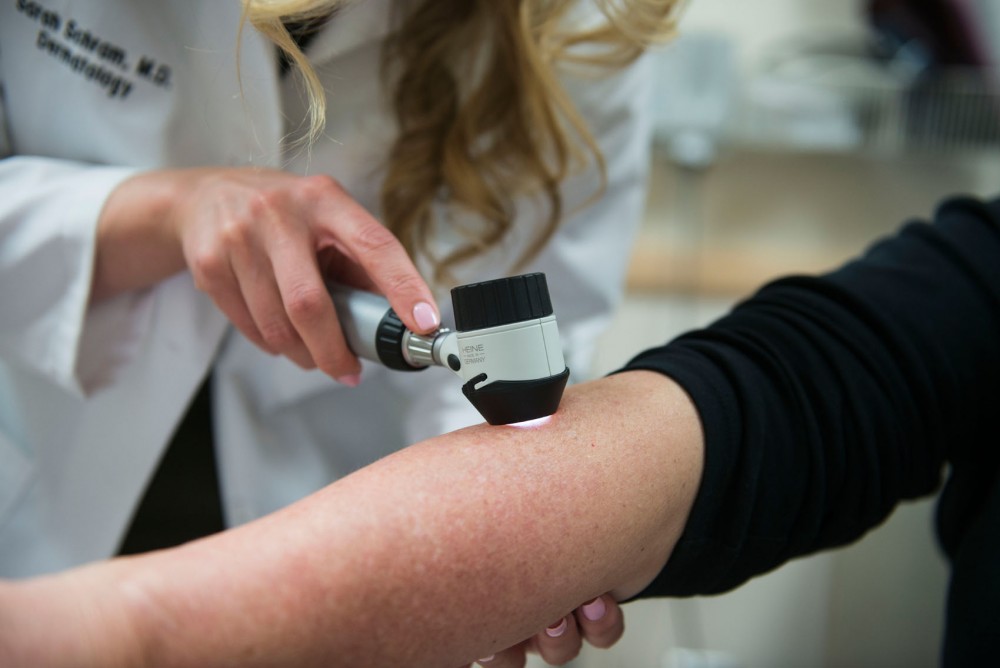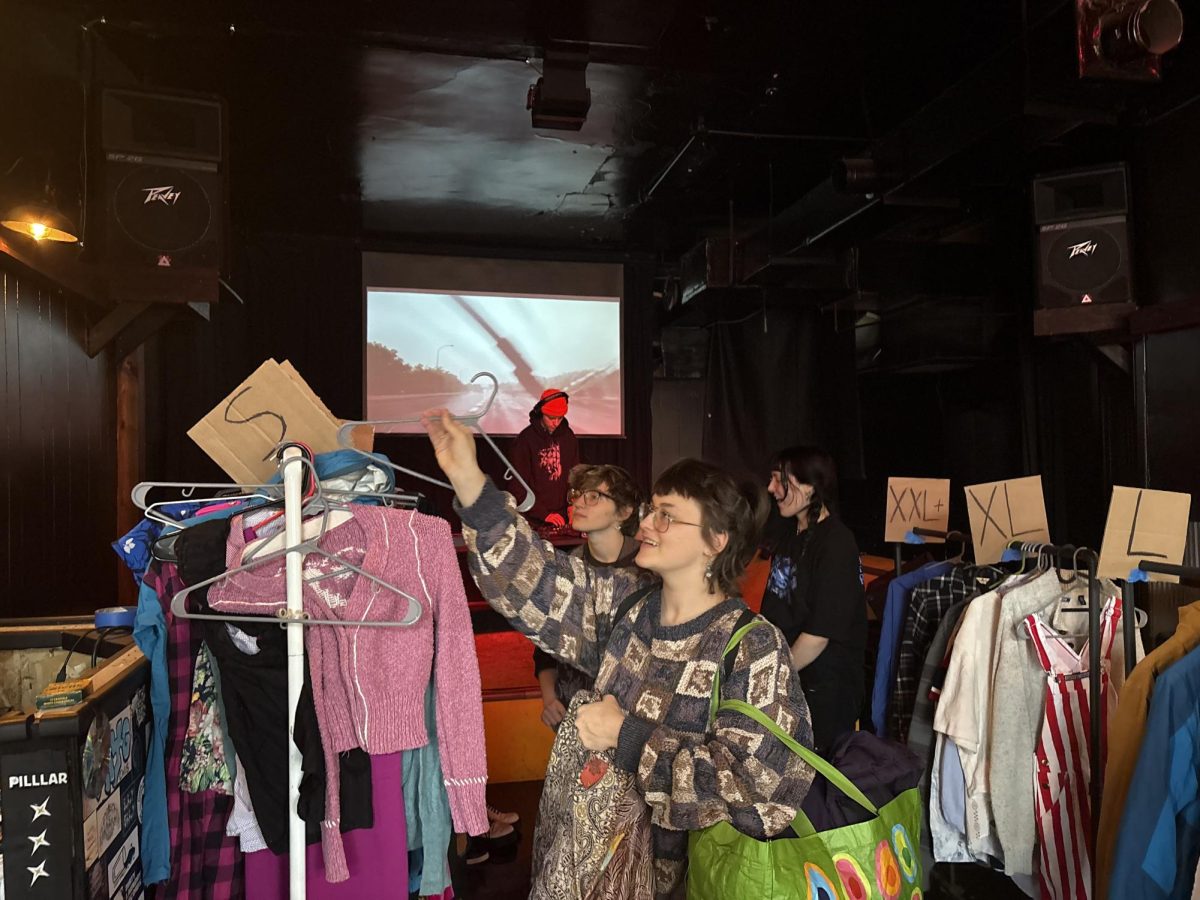One in five Americans will develop skin cancer in their lifetime. Melanoma, the most aggressive form of skin cancer, has been increasing steadily over the last 30 years.
Coco Chanel, who popularized tanning after accidentally getting too much sun on vacation, may be to blame. Since the 1920s, Americans have been obsessed with achieving a golden glow, even if it’s proven to be detrimental to their health.
The risks of tanning are well-known, yet the indoor tanning industry makes roughly $5 billion a year. We’ve tricked ourselves into thinking that if we get a base tan before vacation, then we won’t have to worry about sun damage. Or that we don’t need to worry about skin health now; we’ll just worry about that when we’re older.
Unfortunately, this negligence poses risks.
“One of the biggest mistakes people make is neglecting skin while they’re younger. I think a lot of people have this philosophy that they’ll think about it later, but a lot of damage is being done at a really early age,” assistant dermatology professor Dr. Sarah Schram said.
Many college students aren’t worried about skin cancer yet. But young people, like 2013 University of Minnesota graduate Aly Longendyke, can still have scares.
Longendyke first noticed a dry patch on her scalp about a year ago, and at first, she didn’t think anything of it. After a biopsy by her dermatologist, though, she got a call at work one day confirming that she had basal cell carcinoma — at age 25.
After having surgery to get the skin patch removed, Longendyke is cancer-free. But now, she’s hyper-vigilant when it comes to sun protection.
“Before, I didn’t wear much sunscreen because I tan really easily,” she said. “Now, if I’m outside, I make sure to apply sunscreen liberally. I’m pretty paranoid about it. It doesn’t run in my family, so I thought it wouldn’t happen to me, but it did.”
Schram recommends using a broad-spectrum sunscreen that protects against UVA (long-wave ultraviolet rays) and UVB (short-wave ultraviolet rays) and has a sun protection factor of 30 or higher.
She recommends applying sunscreen to the face and neck daily. For those who plan to be outside for an extended period of time, she recommends applying sunscreen over the entire body and reapplying it every few hours.
For women who have SPF in their makeup, Schram recommends adding a moisturizer with SPF as a base layer.
“The SPF in your makeup isn’t enough, because most people aren’t caking on their makeup,” Schram said. “The amount of makeup you would need to apply for it to really be that SPF is more than people naturally wear. You have to act like the makeup you’re wearing doesn’t count.”
Those with fair skin, blonde or red hair, blue eyes or freckles are at a higher risk of developing skin cancer. People with more than 50 moles on their body are at a greater risk than people with no moles.
People with a family history of skin cancer — particularly melanoma — and people who have been sunburned in the past also have an increased risk. And even those who don’t fit into any of these categories are at risk if they’ve ever had a tan.
“I think we all wish that tanning was a replacement for sunscreen, but unfortunately, it’s not. Tanning is a response to DNA damage,” Schram said. “If you’ve developed a tan, your DNA has been damaged. It does not protect you from getting skin cancer.”
To get the appearance of a tan, try using a self-tanning lotion (not spray — Schram says the dangers of spray tans have not been researched). Jergen’s Natural Glow is a great option because it slowly builds a tan and there are versions specifically for the face. For a one-night tan that can be washed away in the morning, St. Tropez One Night Only Instant Glow body lotion works wonders.
The moral of the story is to wear sunscreen regularly — and not just to prevent skin cancer. Using SPF regularly helps prevent signs of aging, like fine lines and dark spots.
Think of it this way: You can have tan skin for three months in the summer or beautiful skin when you’re 50.
If having healthy, wrinkle-free skin when you’re older isn’t enough to convince you to protect your skin, think of the financial repercussions.
“You could spend $7 on a bottle of sunscreen, or you could spend $4,000 on surgery. I’m pretty sure everyone would rather spend the $7,” Longendyke said. ”You might smell like sunscreen all the time, but it’s worth it — I promise.”








